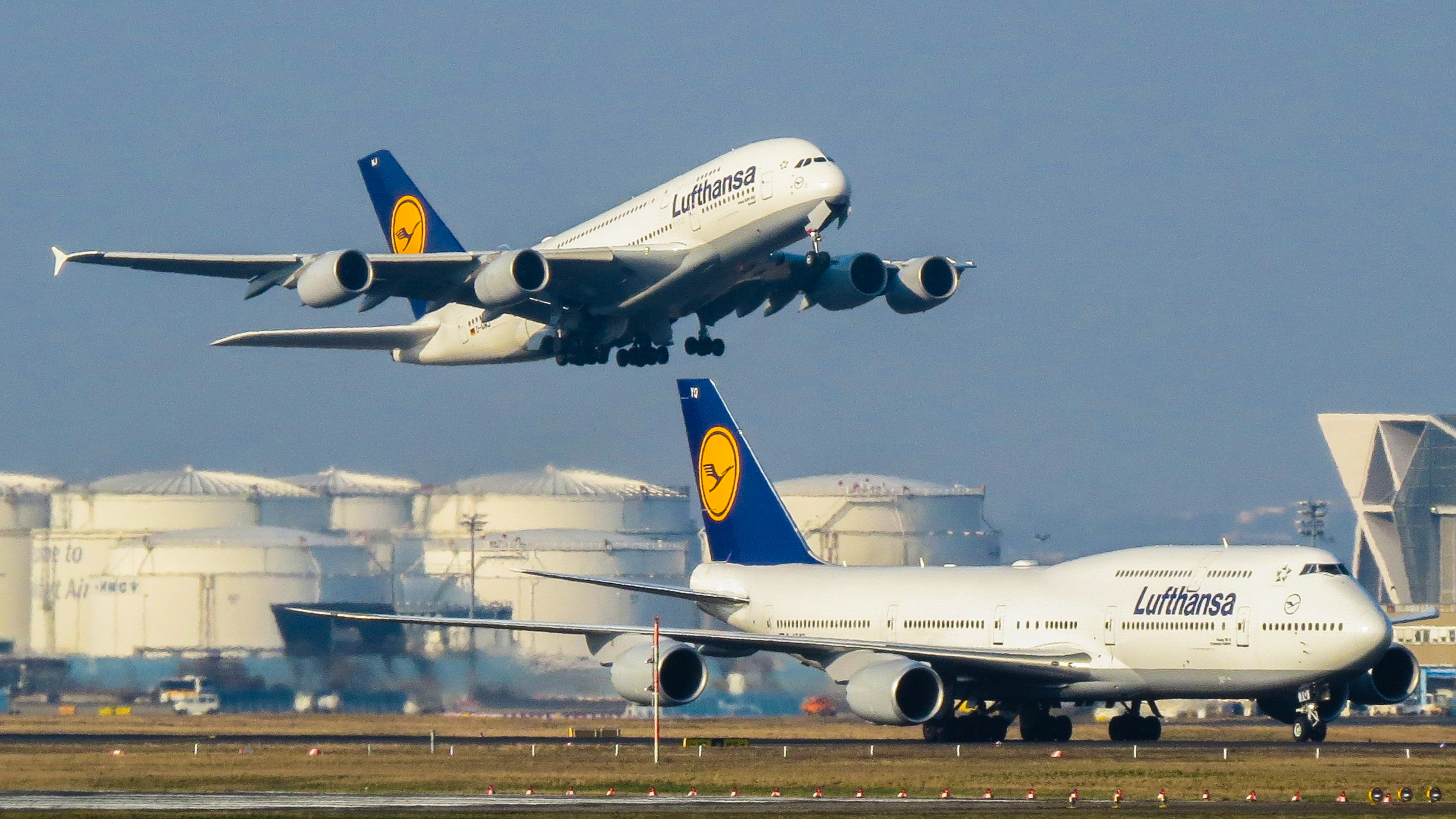Aircrafts Versus Competitors: What Sets Them Apart?
In the ever-evolving world of aviation, aircraft manufacturers are in a constant race to outdo one another, driven by advances in technology, customer demands, and global market dynamics. The aerospace industry is dominated by a few key players, each vying for leadership through innovation and strategic maneuvers. Understanding what sets these aircraft giants apart from their competitors is essential for grasping the industry’s future direction and the technological leaps that are shaping it.
Aircrafts: Analyzing the Aerospace Industry Giants

Aircraft manufacturers such as Boeing, Airbus, and Lockheed Martin have long been the titans of the aerospace industry. These giants have built their reputations on a foundation of innovation, reliability, and strategic foresight. Boeing and Airbus, in particular, have been at the forefront of commercial aircraft production, each boasting an impressive array of models designed to cater to various market needs. From the revolutionary Boeing 787 Dreamliner to the iconic Airbus A380, these companies have pushed the boundaries of what is possible in aviation, focusing on efficiency, passenger comfort, and fuel economy.
Boeing’s strength lies in its long-standing presence and experience in both commercial and military sectors, leveraging its extensive research and development capabilities to introduce cutting-edge technologies. The company’s commitment to innovation is evident in its continuous evolution of aircraft design and its dedication to sustainable aviation practices. Airbus, on the other hand, has challenged Boeing’s dominance with a strategy centered around customer-centric solutions and an emphasis on environmental responsibility. The company’s focus on developing a diverse range of aircraft, from smaller regional jets to large intercontinental carriers, has been instrumental in its ability to capture a significant share of the global market.
Meanwhile, Lockheed Martin has carved a niche for itself in the military and defense sector, with its aircraft playing a crucial role in global defense strategies. This focus on military applications allows Lockheed Martin to develop specialized technologies that are often adapted for civilian use. The company’s prowess in advanced materials, stealth technology, and unmanned systems underscores its leadership in aerospace innovation, positioning it as a vital player in both defense and civilian aviation technologies.
Competitor Comparison: Unique Strengths and Challenges

While Boeing, Airbus, and Lockheed Martin set the benchmark for the industry, several competitors challenge their supremacy with unique strengths and innovative approaches. Embraer, for instance, has established itself as a leader in the regional jet market with a focus on cost-effective, efficient aircraft. Its E-Jet family has gained popularity for its ability to serve regional routes effectively, highlighting the company’s strategic focus on niche markets. Embraer’s agility and responsiveness to market changes offer a competitive edge against the larger players.
Another noteworthy competitor is Bombardier, which specializes in business jets and regional aircraft. Bombardier’s strength lies in its ability to deliver luxury and performance in its business jet offerings, catering to a high-end clientele. However, the company faces challenges with maintaining its market position amidst fierce competition from other luxury aircraft manufacturers and the need to continually innovate to meet the demands of a discerning customer base.
Russia’s United Aircraft Corporation (UAC) also presents a formidable challenge in the aerospace landscape. With a diverse portfolio that includes both military and civilian aircraft, UAC aims to expand its global reach. The company capitalizes on its robust engineering capabilities and competitive pricing strategies to penetrate new markets. However, geopolitical tensions and regulatory hurdles pose significant challenges to UAC’s expansion efforts, requiring strategic navigation to maintain its competitive stance.
In the fiercely competitive world of aerospace manufacturing, industry giants and their challengers each bring distinctive strengths to the table. While established players like Boeing, Airbus, and Lockheed Martin continue to lead through innovation and strategic adaptability, emerging competitors are carving out their niches with specialized products and market agility. Understanding the dynamics of these companies provides insight into the future of aviation, where technological advancements and strategic market positioning will determine who soars to new heights in this ever-changing industry.



